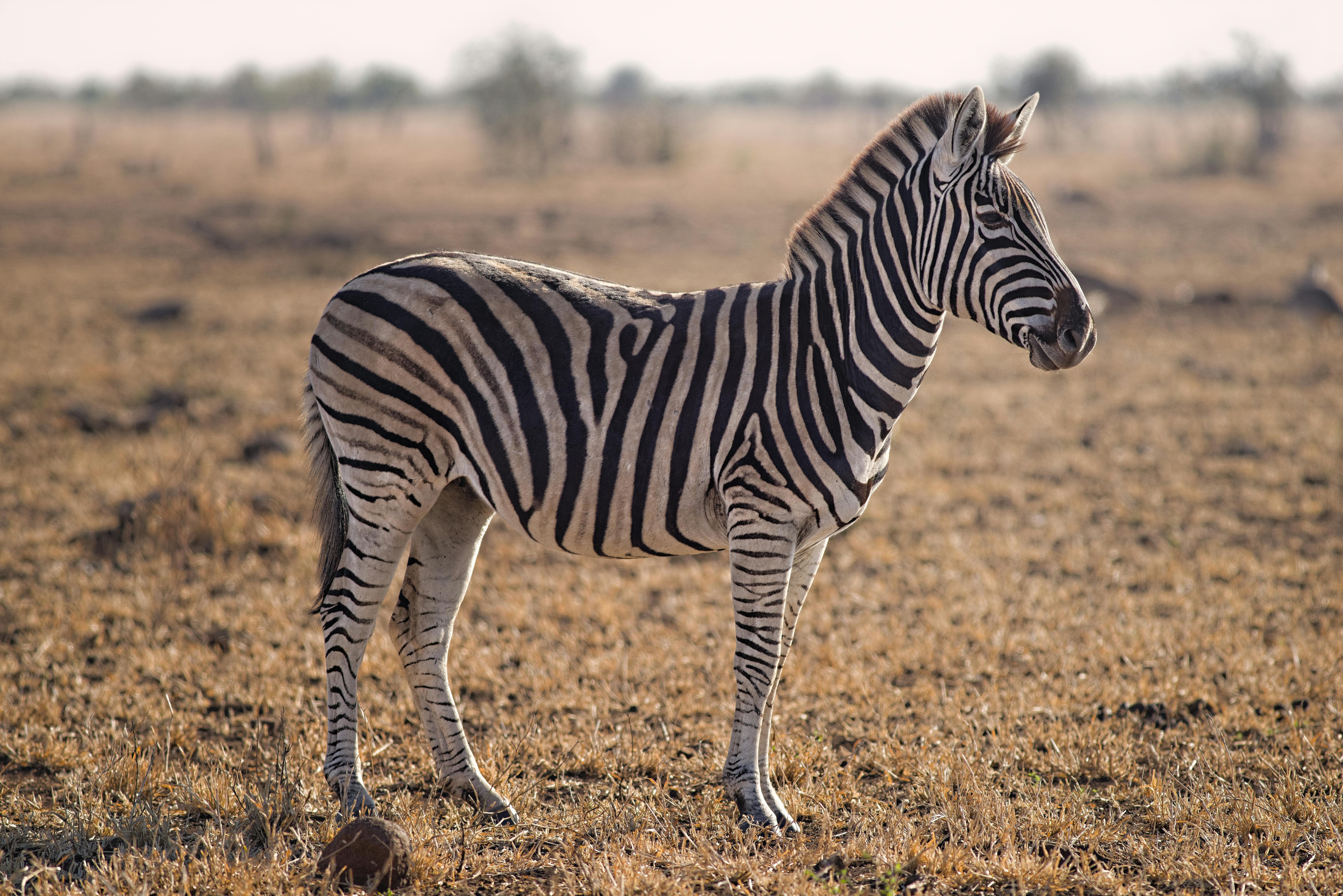Today, we will explore the intriguing question of whether tarantulas can be bred in captivity to support conservation efforts. Many species of tarantula face threats in the wild due to habitat loss and illegal wildlife trade. By examining the possibility of breeding tarantulas in captivity, we can potentially contribute to their conservation and preservation. Join us as we delve into this fascinating topic and uncover the potential for captive breeding to protect these remarkable arachnids and safeguard their future.

Importance of Tarantula Conservation
Introduction
Tarantulas are fascinating creatures that play a vital role in maintaining the balance of ecosystems. However, these incredible spiders are facing numerous threats in the wild, which puts their future at risk. To ensure the survival and conservation of tarantula species, breeding them in captivity has become an essential and effective measure. This article will explore the importance of tarantula conservation, the benefits of breeding tarantulas in captivity, ethical considerations, the necessary controlled environment for breeding, partnerships and programs involved in tarantula conservation, regulations and permits, conservation success stories, and the future outlook.
Role of Tarantulas in Ecosystems
Tarantulas, as apex predators, play a crucial role in the maintenance of healthy ecosystems. They are skilled hunters and control populations of small insects and other arthropods, preventing outbreaks that could disrupt the balance of the ecosystem. Additionally, tarantulas serve as a source of food for larger predators, contributing to the overall biodiversity and intricate food webs of their habitats. By keeping the population of other species in check, tarantulas help ensure the overall stability and health of their ecosystems.
Threats to Tarantulas in the Wild
Despite their ecological importance, tarantulas in the wild face various threats that endanger their survival. Habitat loss, primarily due to deforestation and urbanization, poses a significant threat to their populations. Additionally, illegal wildlife trade and collection for the pet industry further deplete their numbers. Climate change, pollution, and invasive species also negatively impact tarantula habitats and populations. Without interventions, these threats could potentially lead to the extinction of several tarantula species.
Tarantula Breeding in Captivity
Overview of Tarantula Breeding
Breeding tarantulas in captivity involves carefully selecting and pairing individuals to ensure genetic diversity and healthy offspring. This process mimics natural breeding patterns while providing a controlled environment for successful reproduction. Tarantula breeders study the species-specific behaviors and conditions necessary for breeding success, including temperature, humidity, and mating rituals.
Advantages of Breeding Tarantulas in Captivity
Breeding tarantulas in captivity offers several advantages for their conservation. Firstly, it allows for the preservation of rare and endangered species that are at risk of extinction in the wild. By breeding them in a controlled environment, breeders can enhance their populations and maintain genetic diversity. Captive breeding also provides an opportunity for researchers and scientists to study tarantulas up close, furthering our understanding of their biology, behavior, and conservation needs.
Challenges of Breeding Tarantulas in Captivity
Breeding tarantulas in captivity comes with its own set of challenges. The reproduction cycles and techniques can vary significantly between species, requiring breeders to have a deep understanding of each species’ specific needs. Moreover, tarantulas have a complex molting process, and improper care during this crucial time can lead to health issues or even death. Creating the necessary living conditions, including appropriate shelter, temperature, and humidity levels, can also be challenging to replicate in captivity.
Success Stories of Tarantula Breeding Projects
Despite the challenges, there have been several successful tarantula breeding projects worldwide. For example, the captive breeding of the critically endangered Mexican redknee tarantula (Brachypelma smithi) has resulted in a substantial increase in its population. Similarly, the captive breeding of the Goliath birdeater (Theraphosa blondi) has helped alleviate pressure on its wild populations due to demand in the pet trade. These success stories highlight the potential of tarantula breeding in captivity for conservation purposes.
Conservation Benefits of Tarantula Breeding
Preservation of Rare and Endangered Species
One of the primary conservation benefits of tarantula breeding in captivity is the preservation of rare and endangered species. By maintaining self-sustaining captive populations, these species are protected from the threats they face in the wild. Breeding programs provide a safety net and a potential source for future reintroductions, ensuring the long-term survival of these vulnerable tarantula species.
Mitigation of Habitat Loss
As tarantula habitats continue to be destroyed or fragmented, breeding them in captivity helps mitigate the effects of habitat loss. By maintaining viable populations outside their native habitats, breeders ensure that these species do not become entirely dependent on their shrinking wild habitats. This approach reduces the risk of population decline and increases the likelihood of successful reintroduction efforts.
Education and Research Opportunities
Tarantula breeding in captivity offers valuable education and research opportunities. Through breeding programs, breeders, scientists, and researchers can study various aspects of tarantula biology, behavior, and conservation needs. This knowledge contributes to our understanding of tarantulas as well as the broader field of ecology and conservation. Furthermore, public outreach and education initiatives associated with these breeding programs raise awareness about tarantulas’ conservation status and the importance of their protection.
Ethical Considerations
Concerns about Exploitation
While breeding tarantulas in captivity for conservation purposes is essential, ethical considerations must be taken into account. The risk of exploiting these creatures for commercial gain can arise if breeding programs are not managed responsibly. It is important to prioritize the welfare of the tarantulas, ensuring they are not over-bred or subjected to harmful practices that compromise their well-being. Transparency and adherence to animal welfare standards are crucial in maintaining the balance between conservation efforts and commercial interests.
Maintaining Genetic Diversity
Maintaining genetic diversity within tarantula breeding programs is critical for long-term conservation success. Inbreeding can lead to health issues and reduce the overall fitness of captive populations. To address this concern, breeders carefully manage breeding pairs and prioritize genetic diversity. Additionally, partnerships between different breeding programs and individuals help exchange genetic material and prevent the loss of valuable genetic diversity.
Balancing Conservation and Commerce
The commercial demand for tarantulas in the pet trade must be carefully balanced with conservation efforts. Breeders play a vital role in meeting the demand of pet enthusiasts while adhering to ethical standards and conservation goals. Promoting responsible pet ownership, advocating for captive-bred tarantulas over wild-caught specimens, and ensuring trade regulations are in place help safeguard wild populations and minimize the negative impact of the pet trade.

Controlled Environment for Breeding
Selection of Breeding Stock
The selection of suitable breeding stock is crucial for the success of tarantula breeding programs. Breeders must consider factors such as genetic diversity, health, and behavior when choosing individuals for breeding pairs. This careful selection helps maintain the overall genetic health of captive populations and ensures the welfare and reproductive success of the tarantulas.
Reproduction Cycles and Techniques
Understanding the reproductive cycles and techniques of different tarantula species is vital for successful breeding. Breeders must identify the specific cues and behaviors associated with mating and egg-laying for each species. This knowledge enables breeders to provide the appropriate conditions and stimuli necessary to initiate and support the reproductive processes of tarantulas in captivity.
Necessary Living Conditions
Creating and maintaining the necessary living conditions for tarantulas in captivity is crucial for successful breeding. Tarantulas require specific temperature and humidity ranges, appropriate substrate, and suitable shelters. Breeders must ensure that these conditions are met to replicate the tarantulas’ natural habitats as closely as possible, promoting their physical and reproductive well-being.
Feeding and Care Requirements
Meeting the feeding and care requirements of captive tarantulas is essential for their health and successful breeding. Tarantulas are carnivorous, and their diets usually consist of live insects. Breeders must provide an appropriate and varied diet to ensure adequate nutrition for the tarantulas and support their breeding activity. Additionally, regular monitoring and health checks are necessary to detect any potential issues early on and provide the necessary care.
Breeding Programs and Partnerships
Zoos and Wildlife Conservation Organizations
Zoos and wildlife conservation organizations often play a significant role in tarantula breeding programs. These facilities have the expertise, resources, and space required to establish successful breeding populations. By collaborating with these organizations, breeders can benefit from their knowledge, infrastructure, and connections to further conservation efforts. The partnership between breeders and these institutions allows for greater collective impact in tarantula conservation.
Collaboration with Tarantula Enthusiasts
Tarantula enthusiasts and hobbyists can also contribute to tarantula breeding programs. Their passion for these creatures often translates into meticulous care and breeding attempts. Breeders can collaborate with enthusiasts, providing them with guidance and support to establish successful breeding projects. This collaboration not only enhances breeding efforts but also fosters a sense of community and encourages knowledge sharing among tarantula enthusiasts.
Community Involvement and Education
Community involvement and education are crucial components of tarantula breeding programs. Breeders can engage with local communities through public outreach initiatives, workshops, and educational events. By raising awareness about the importance of tarantulas and their conservation needs, breeders empower individuals to become active participants in conservation efforts. This involvement fosters a sense of stewardship and encourages individuals to support tarantula breeding programs and conservation initiatives.

Regulations and Permits
Legal Framework for Tarantula Breeding
Tarantula breeding programs are subject to legal frameworks that regulate wildlife conservation and trade. These frameworks vary by country and sometimes even within regions. Breeders must adhere to these laws and regulations to ensure compliance and maintain the integrity of their breeding programs. Understanding the legal framework is crucial for establishing and operating tarantula breeding facilities.
Permit Requirements and Restrictions
Breeding tarantulas in captivity often requires permits and licenses to ensure responsible management and monitoring. These permits help track the movement and ownership of captive-bred tarantulas, ensure compliance with regulations, and prevent illegal trade in wild-caught specimens. Breeders must be aware of the specific permit requirements and any restrictions imposed on the breeding, trade, or transport of tarantulas.
Monitoring and Compliance
To ensure the success of tarantula breeding programs, monitoring and compliance are essential. Breeders must keep accurate records of breeding pairs, births, and relevant data, allowing for effective monitoring of breeding populations and genetic diversity. Regular inspections and audits may be conducted by wildlife authorities or conservation organizations to ensure compliance with permit requirements, animal welfare standards, and trade regulations.
Conservation Success Stories
Case Study 1: Reintroduction of Endangered Species
Efforts to breed and reintroduce endangered tarantula species back into their natural habitats have yielded positive results. By establishing self-sustaining captive populations and addressing the threats faced by these species in the wild, conservationists have successfully reintroduced tarantulas to areas where they were once locally extinct. These reintroduction projects have contributed to the recovery of endangered tarantula populations and the restoration of their ecosystems.
Case Study 2: Habitat Restoration Initiatives
Tarantula breeding programs often go hand in hand with habitat restoration initiatives. By collaborating with conservation organizations and local communities, breeders have contributed to the restoration of tarantula habitats. Their efforts include reforestation projects, habitat management, and the creation of protected areas. These initiatives not only benefit tarantulas but also support the overall health and conservation of the surrounding ecosystems.
Case Study 3: Public Engagement and Awareness
Public engagement and awareness initiatives have played a significant role in tarantula conservation. Breeders, in collaboration with wildlife organizations, have organized public events, educational programs, and media campaigns to raise awareness about the importance of tarantulas and their conservation needs. By involving the public and fostering a sense of connection and responsibility, these initiatives have garnered support for tarantula breeding programs and conservation efforts.
Future Outlook
Potential for Expansion of Tarantula Breeding Programs
The potential for the expansion of tarantula breeding programs is promising. As more breeders, zoos, and wildlife organizations get involved, the capacity to conserve more tarantula species increases. Continued advancements in breeding techniques, research, and collaboration can enhance the success rates and the overall impact of the programs. The expansion of breeding programs also allows for the preservation of additional tarantula species and the exploration of new approaches to breeding and conservation.
Integration of Genetic Technologies
The integration of genetic technologies holds great potential for tarantula breeding programs. Genetic tools such as DNA profiling and genetic mapping can assist in maintaining genetic diversity, identifying individuals for breeding, and mitigating the risk of inbreeding. These technologies offer valuable insights into the genetic health and conservation needs of tarantulas, enabling breeders to make informed decisions and maximize the effectiveness of their programs.
Collaboration and Knowledge Sharing
Collaboration and knowledge sharing among breeders, conservation organizations, and researchers are essential for the future of tarantula breeding programs. The exchange of information, experience, and best practices across different initiatives and regions can drive innovation and improve the outcomes of conservation efforts. By working together, the collective knowledge and resources of the community can be harnessed to address common challenges and achieve significant progress in tarantula conservation.
Conclusion
Tarantula conservation is of utmost importance to maintain the ecological balance and safeguard the future of these remarkable creatures. Breeding tarantulas in captivity contributes significantly to their conservation, allowing for the preservation of rare and endangered species, mitigation of habitat loss, and education and research opportunities. However, ethical considerations, a controlled breeding environment, collaborations, regulations, and compliance are essential to ensure responsible conservation efforts. Tarantula breeding programs have already achieved notable success stories and hold great potential for the future. By understanding the importance of tarantula conservation and taking action, we can protect these fascinating arachnids and the ecosystems they call home.
Call to Action for Conservation Efforts
Tarantula conservation requires the collective efforts of individuals, breeders, organizations, and governments. To support tarantula breeding programs and contribute to their conservation, you can:
- Educate yourself and others about the importance of tarantula conservation.
- Support responsible breeders and choose captive-bred tarantulas over wild-caught specimens.
- Engage in local community initiatives and participate in public awareness events.
- Advocate for strong regulations and support enforcement efforts against illegal wildlife trade.
- Consider supporting reputable conservation organizations working towards tarantula conservation.
- Promote ethical and sustainable practices within the tarantula breeding and pet trade community.
By joining forces and taking action, we can make a difference in preserving tarantula populations and their valuable ecological contributions.
Closing Thoughts
Tarantulas, with their unique characteristics and significant role in ecosystems, deserve our attention and conservation efforts. Through responsible breeding programs, we can ensure their survival, protect their habitats, and raise awareness about their conservation needs. By working together, we can secure a future where these fascinating creatures continue to thrive, enriching our understanding of the natural world and inspiring awe and fascination for generations to come.
